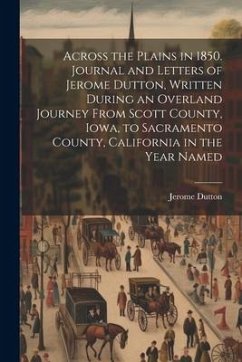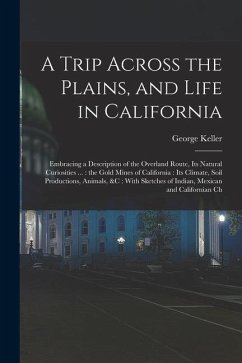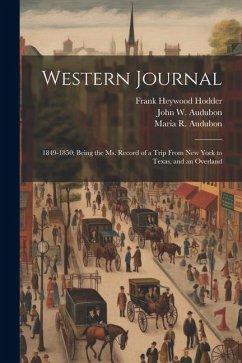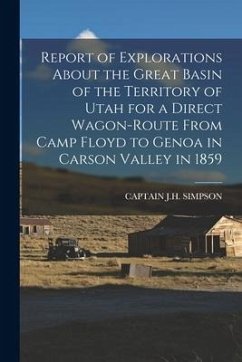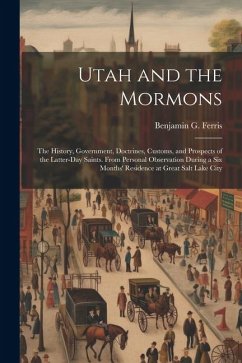
The Overland Journey from Utah to California: Wagon Travel from the City of Saints to the City of Angels

PAYBACK Punkte
10 °P sammeln!
The wagon trail between Salt Lake City and Los Angeles is one of the most important and least-known elements of nineteenth-century Western migration. Known as the Southern Route, it included the western half of the Old Spanish Trail and was favored because it could be used for travel and freighting year-round. It was, however, arguably the most difficult route that pioneers traveled with any consistency in the entire history of the country, following not rivers but leading from one--sometimes dubious--desert watering place to the next and offering few havens for the sick, weary, or unfortunate...
The wagon trail between Salt Lake City and Los Angeles is one of the most important and least-known elements of nineteenth-century Western migration. Known as the Southern Route, it included the western half of the Old Spanish Trail and was favored because it could be used for travel and freighting year-round. It was, however, arguably the most difficult route that pioneers traveled with any consistency in the entire history of the country, following not rivers but leading from one--sometimes dubious--desert watering place to the next and offering few havens for the sick, weary, or unfortunate. The Southern Route played a major role in the settlement and development of the Southwest, and it became the foundation for later railroads and highways. It was also a locus where several cultures--Native American, Spanish, Anglo-American, and Mormon--confronted each other, sometimes violently, and one of its oases, the artesian springs at Las Vegas, grew into a major urban center.





